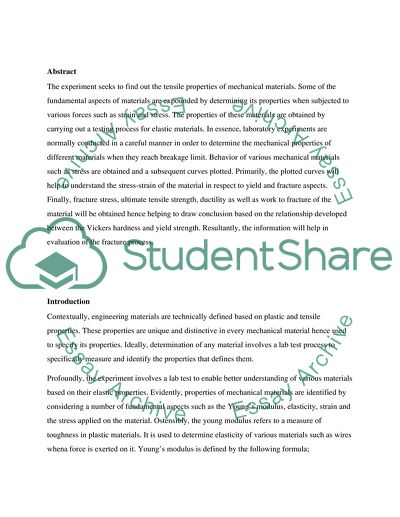Elastic/Plastic Tensile Properties Materials Lab Report. Retrieved from https://studentshare.org/engineering-and-construction/1668040-elasticplastic-tensile-properties-materials
Elastic/Plastic Tensile Properties Materials Lab Report. https://studentshare.org/engineering-and-construction/1668040-elasticplastic-tensile-properties-materials.


